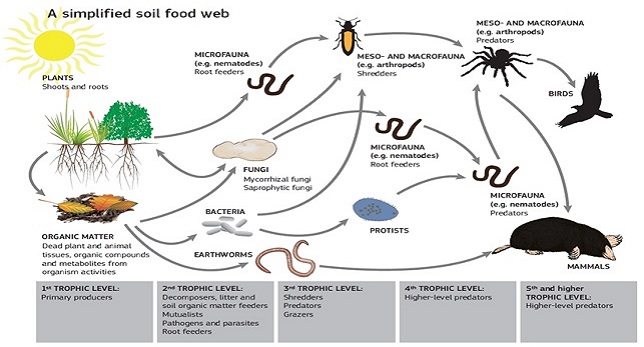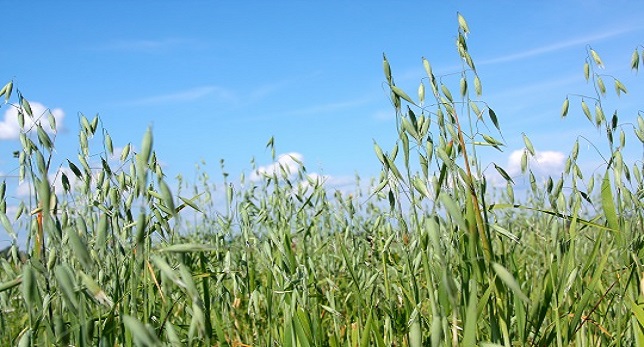
The four chemicals in the tested nitrification inhibitors
(3,4-dimethylpyrazole phosphate, nitrapyrin, 1H-1,2,4 triazole and 3 methylpyrazole)
are being tested individualley for their toxicological effects on soil invertebrates
(enchytraeids, springtails and earthworms) and on soil microbial functional response profile (MicroResp).

In spring-seeded oat fields, effects of NI will be tested in 2020. The fields will be treated with NI and either chemical fertilizer or pig manure in a randomized plot design.
The effects of NI on N2O emissions will be followed during eight weeks after NI application.
The effects of NI on soil invertebrates and microorganisms will be tested after four weeks and by harvest by a combination of taxonomy based quantification and identification of soil invertebrates, microbial functional response profiles (MicroResp) and environmental DNA based determination of biodiversity and bacterial abundance.
The fate of NI and their metabolites will be determined after four weeks and by harvest.
In winter barley fields, NI will be applied to the soil surface in spring 2021. Based on experience form 2020 a focused sampling program will be applied.

Long term effects of NI on soil invertebrates and microorganisms and fate of NI and metabolites will be determined in SEGES National Field Trials in fall 2021, where also installed suction cups below 50 cm allow sampling of leaching NI and metabolites.